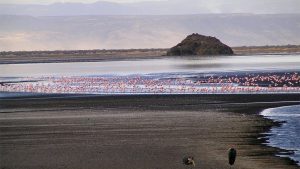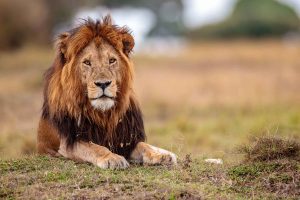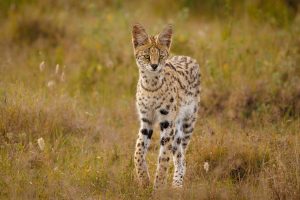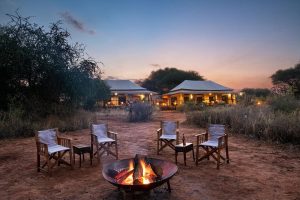The Great Migration is one of the most breathtaking wildlife spectacles on Earth — a natural phenomenon that has earned its place on countless travelers’ bucket lists. If you’re dreaming of witnessing this awe-inspiring event in Tanzania, here’s everything you need to know before you go.
🐃 What Is the Great Migration?
The Great Migration is the year-round movement of over 2 million wildebeest, along with hundreds of thousands of zebras and gazelles, across the Serengeti-Mara ecosystem. It’s not a single event, but a continuous cycle driven by rainfall, grazing patterns, and instinct.
This epic journey spans nearly 3,000 kilometers as the herds search for fresh grass and water, facing dramatic river crossings and predators at every turn.
📍 Where Does It Take Place?
While the herds move between Tanzania and Kenya, 80% of the migration happens in Tanzania, mainly within Serengeti National Park and Ngorongoro Conservation Area.
Key regions in Tanzania include:
-
Southern Serengeti (Ndutu & Kusini) – calving season (Jan–March)
-
Central Serengeti (Seronera) – predator action (April–June)
-
Western Corridor (Grumeti River) – river crossings (May–July)
-
Northern Serengeti (Kogatende & Lamai) – Mara River crossings (July–October)
📆 Migration Calendar: Best Times to Visit
The Great Migration is a year-round event, but certain highlights stand out:
| Month | Location | Event/Highlight |
|---|---|---|
| Jan–March | Ndutu (South Serengeti) | Calving season – thousands of births daily |
| April–June | Seronera/West Corridor | Herds moving north – predator action |
| July–Oct | Northern Serengeti | Dramatic Mara River crossings |
| Nov–Dec | Back to South | Return to Ndutu/Kusini for calving |
Tip: For river crossings, aim for July to October in Kogatende.
🦁 What Wildlife Will You See?
Besides the iconic wildebeest herds, you’ll see:
-
Zebras (they often lead the migration)
-
Thomson’s & Grant’s gazelles
-
Big cats like lions, cheetahs, and leopards
-
Hyenas and jackals
-
Crocodiles during river crossings
-
Elephants, giraffes, buffalo and more in surrounding areas
📸 Best Experiences During the Migration
-
Calving Season: Over 8,000 wildebeest calves are born each day — and predators aren’t far behind.
-
Grumeti River Crossings: Smaller but intense — crocs and big cats await.
-
Mara River Crossings: The most dramatic migration moment — chaos, bravery, and survival.
-
Hot Air Balloon Safari: Soar above the herds at sunrise — an unforgettable view.
🛏️ Where to Stay?
Tanzania offers both luxury lodges and mobile tented camps that follow the herds. Top choices include:
-
Ndutu Safari Lodge – Calving season base
-
Sayari Camp – Northern Serengeti luxury
-
Acacia Migration Camp – Mobile camp following the herds
-
Africa Safari Serengeti Ikoma – Great mid-range option with access to western and northern corridors
💡 Tips for Witnessing the Great Migration
-
Book early! Camps fill up fast, especially from June to October.
-
Choose the right season based on the experience you want (births vs. crossings).
-
Pack binoculars, zoom lenses, and neutral-colored clothing.
-
Go with experienced guides who know where the action is each day.
🌍 Why Tanzania Is the Best Place to See the Migration
While the herds briefly cross into Kenya’s Maasai Mara, Tanzania offers longer access, greater movement, and the chance to witness more diverse stages of the cycle — from calving to crossings to the return journey.
The Serengeti ecosystem also offers unrivaled space and solitude, making your safari more exclusive and immersive.
🧭 Plan Your Migration Safari with Kilipath African Safaris
At Kilipath African Safaris, we offer tailor-made itineraries designed around the movement of the migration, ensuring you’re in the right place at the right time.
Whether you want a luxury safari, fly-in tour, or adventurous camping trip, we’ll craft the perfect Great Migration safari for you.
📩 Enquire now and let’s start planning your unforgettable journey through the Serengeti!





